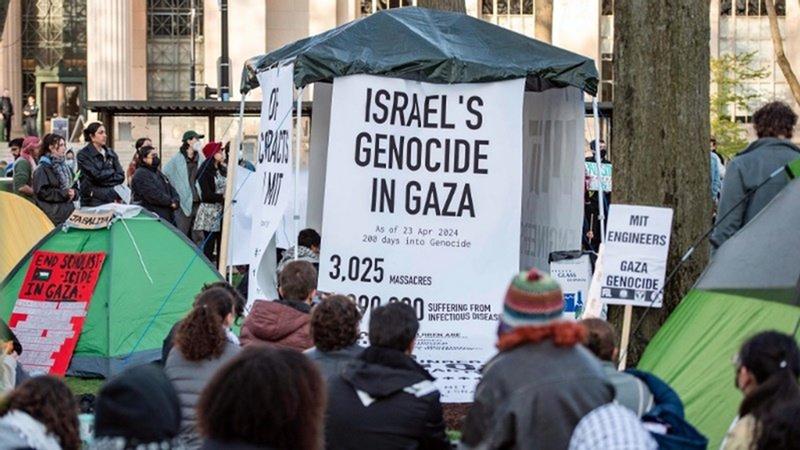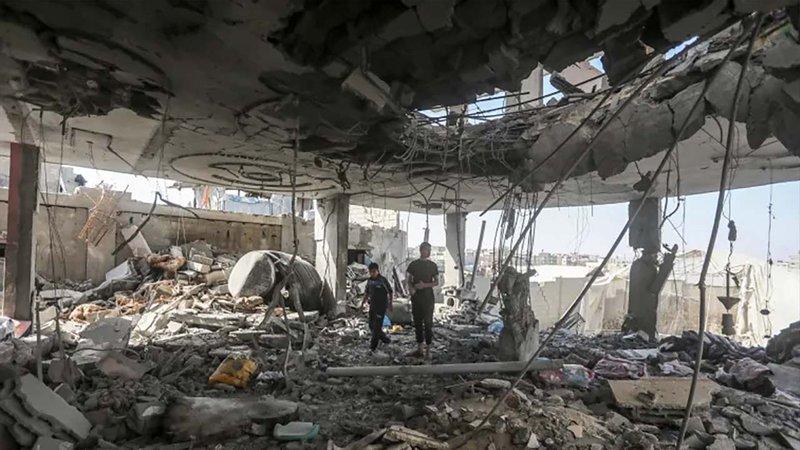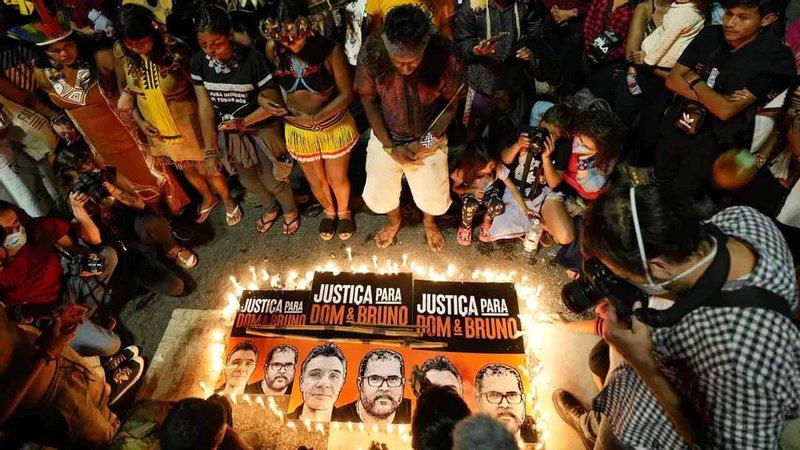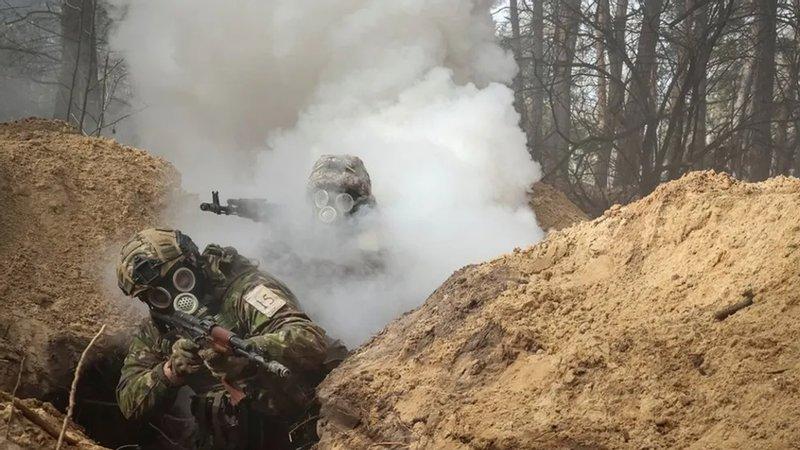Pakistan-occupied Jammu-Kashmir: The final countdown
Photo: Collected
August 3 marked the beginning of a new wave of unrest in Pakistan-occupied Jammu and Kashmir (PoJK) as thousands of people took to the streets in Muzafarabad, Kotli, Mirpur, Dadyal, Tatapani, Chaksawari, Khuirata and Nakyal to vent their anger against added taxes to their electricity bills, wheat shortages, cuts in subsidies, load shedding and the ever-rising cost of living.
The protests were taken out in all three divisions of Mirpur, Poonch and Muzafarabad. An ultimatum was issued to the PoJK government to withdraw extra-added taxes in two weeks or face a state-wide shutter-down strike accompanied by the siege of the legislative assembly building in Muzafarabad, the capital city of PoJK.
Among the protestors were people from all walks of life. Students, lawyers, transporters, pensioners, traders and different sections of civil society blocked roads, observed sit-ins and held rallies at each and every road crossing and town/city square in the above-mentioned urban and semi-rural centres.
This is not the first time that PoJK has been engulfed in state-wide demonstrations against the same. Only this time round the anger of the masses seems more coherent in terms of cross-state networking and coherent demands.
However, it still lacks a political programme that would lead the anger of the masses towards change in the legal status quo of PoJK. Therefore, each time previous protest movements have lost their momentum and have proven to serve as a mechanism to exhaust their frustration.
Seventy five years of Islamic/two-nation theory-based brainwashing engineered by the Pakistan military establishment and replacing facts with false narratives regarding the reality of the political crisis of Jammu and Kashmir is proving to be the biggest obstacle in unifying the population of PoJK on a consensus about the actuality of the so-called Kashmir issue.
The only way to overcome this obstruction is to consistently, persistently and patiently explain the true nature of the issue that on October 22, 1947, Pakistan attacked and forcibly annexed western parts of Jammu province and Gilgit-Baltistan thereby creating a hostile regional environment.
The purpose of the annexation was simple. Firstly, the purpose of annexation was to block India’s access to central Asia via land route. But more importantly, the occupation was to plunder the natural resources of the region.
According to estimates derived from geological surveys, it is revealed that PoJK is rich in precious stones and both metal and non-metal natural resources as well as in forest wood and river water.
It is estimated that PoJK has roughly Rs 78 trillion worth of minerals and precious stone deposits. These include Ruby, granite, limestone, coal, marble and others. The total value of Granite deposits alone is estimated at Rs 40 billion.
The total population of PoJK is around 4.5 million out of which 700,000 of our youth are unemployed and two million are working in foreign countries. Hundreds of our youth are fleeing PoJK in desperation for a better future. Millions of rupees are handed over to dodgy human traffickers who promise to take them to Europe.
Recently, on June 14, at least 166 young men drowned in the Mediterranean Sea after a boat carrying illegal immigrants capsized due to overloading. 385 Pakistani illegal immigrants were rescued on July 31 from a warehouse near Tabrouk in Libya where human traffickers had kept them before embarking on a similar journey. It is understood that among these 385 many would be from PoJK.
Under such desperate circumstances, it is high time that the Indian government takes the lead in addressing the crisis we face in PoJK. After all, they are Indian citizens. And what makes them all Indian citizens is the instrument of accession signed between King Maharaja Hari Singh, and the last governor-general of India, Lord Mountbatten.
Therefore, 4.5 million PoJK and 2 million Gilgit-Baltistan residents are all Indian citizens by default. The humanitarian crisis that the people of PoJK face today is caused by the 75 years of looting of natural and human resources. Unless a coherent policy of mass education is introduced in PoJK and Gilgit-Baltistan, any adventurous attempt to regain PoJK could easily backfire.
And unless the false narrative of 75 years is countered by a historical and factual-based counter-propaganda campaign, it will not be possible to link today’s plight of the people of PoJK with a political program that advocates reunification of these occupied territories with mother India.
Whether the recent wave of unrest in PoJK is the final countdown toward the final goal only time will tell. But without a mass education campaign, the chances of achieving the desired result could be a far-fetched thought.
Dr Amjad Ayub Mirza is an author and a human rights activist from Mirpur, PoJK. He currently lives in exile in the UK. (ANI)















